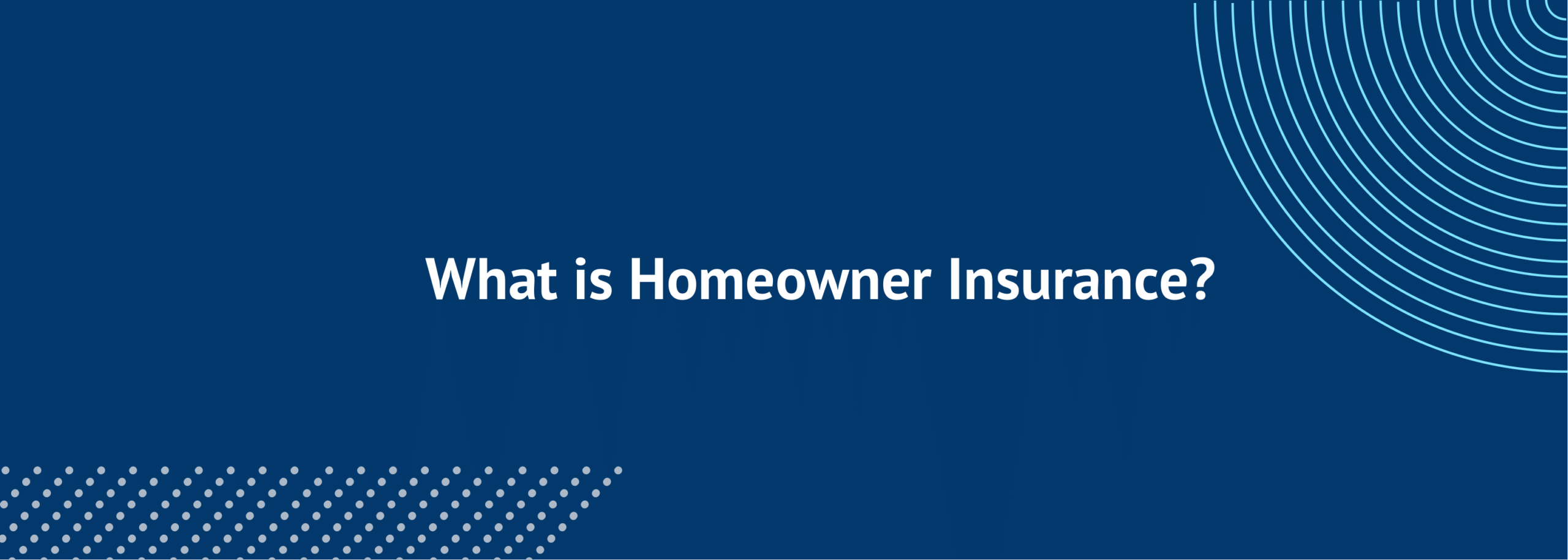Homeowner insurance is an insurance policy designed to protect the borrower’s primary residence. Standard homeowner insurance policies cover the building, personal property damage, and liability.
There are four standard coverages outlined in homeowner insurance policies:
- Dwelling coverage
- Personal property coverage
- Liability coverage
- Loss of use coverage
Landlords can and should hold homeowner insurance for their primary residence, but homeowner insurance cannot and should not be purchased to protect a rental property. Rental property insurance is also known as landlord insurance, and this type of policy includes specific coverage that typical homeowner don’t need (such as rent protection).
According to Investopedia, there are three levels of homeowner insurance:
- Actual cash value: This type of insurance covers the cost of your house plus the value of your belongings minus depreciation (i.e.v, how much are the items currently worth)
- Replacement cost: This type of insurance covers the actual cash value of your home and possessions without the deduction for depreciation
- Extended replacement cost/value: This type of insurance is the most comprehensive as it pays any costs associated with repairing or rebuilding or home, even if it’s more than your policy limit (though there is typically a ceiling of 20-25% of your policy limit).
What Doesn’t Homeowner Insurance Cover?
Homeowner insurance won’t cover costs associated with damage to your rental property, loss of rent, natural disasters, acts of God, or acts of war.
The Cost of Homeowner Insurance
According to Value Penguin, “the average cost of homeowner insurance is $1,680 per year and $140 per month.”
The least expensive state for homeowner insurance is Delaware with an annual average cost of $781. Colorado ranks as the most expensive state for homeowner insurance with an annual average cost of $3,383.
How Are Homeowner Insurance Rates Calculated?
The driving factor behind insurance rates is the borrower’s perceived risk, so your insurance compy will examine past home insurance claims you’ve submitted in addition to claims related to that property and your credit. It’s possible that you might not be eligible for home insurance based on the number of recent past claims filed, so be sure to ask your lender about how to qualify for their policy specifically.
Additionally, the neighborhood in which the property is located, its crime rate, the building material availability, and the condition of your home will impact your homeowner insurance rate.

